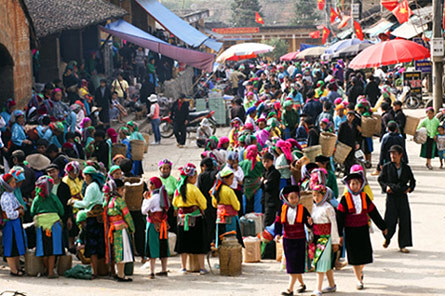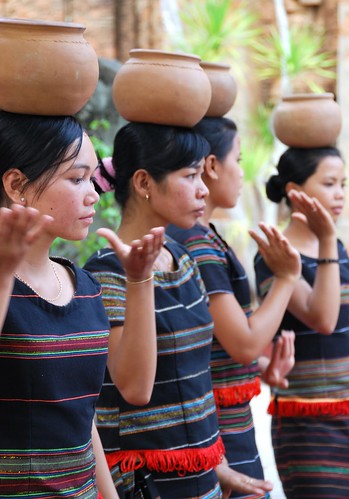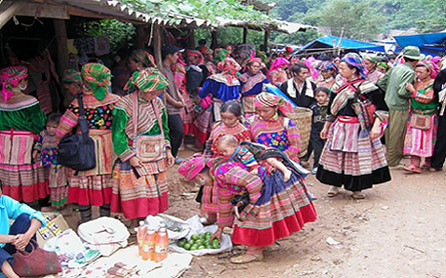But how do you Ensure That while visiting, you don't cause unintended damage "or Offence? You Can Show Your Respect for a culture by Being Educated about STIs Ways, Beliefs and taboos. Here Are A Few general guidelines:
1. Always ask permission Before Taking photos of tribespeople.
2. Do not touch totems Entrances at village or sacred items hanging from trees. CH
TMLXC 3. Avoid cultivating a tradition of begging, especially among children.
4. Avoid public nudity and don’t undress near an open window.
5. Don’t flirt with members of the opposite sex.
6. Don’t drink or do drugs with the villagers.
7. Smile at villagers even if they stare.
8. Ask your guide how to say ‘hello’.
9. Avoid public displays of affection, which might be viewed as offensive to the spirit world.
10. Don’t interact with the villagers’ livestock; avoid interacting with jungle animals, which might be viewed as visiting spirits.
11. Don’t step on the threshold of a hog, pero pluses and minus the overalls Are Considered to Be Minimal Compared to Other Institutional larger forces.
Lonely Planet has a suggestion of the top 5 spots for a genuine interaction with a minority culture in Southeast Asia
:
1.  Cambodia: Ratanakiri 2.
Cambodia: Ratanakiri 2.
Laos: Muang Sing 3. Thailand: Chiang Rai 4.
But There Are Many Other important minority groups in the region, Some rendered stateless by the Conflicts of the past, Others Recent migrants to the region, Including the Many Hill Tribe. Cham
The Cham girl
s The Cham people originally Occupied the kingdom of Champa in Vietnam
southcentral and Their beautiful brick towers dot the landscape from Da Nang to Phan Rang. Victims of a historical squeeze entre Cambodia and Vietnam
, WAS Eventually Their Territory by the expansionist Vietnamese annexe. Originally Hindu, They Converted to Islam in the 16th and 17th Centuries and Many migrated south to Cambodia. Today There Are small numbers of Cham in Vietnam
and as Many as half a million in Cambodia, all of Whom continue to Practise a flexible form of Islam. Over the Centuries, There has-been considerable intermarriage and Cham entreMalay traders. Hmong
Hmong The Hmong people Are One of the largest Hill Tribe in the Mekong region, spread-through much of northern Laos, northern Vietnam
, Thailand and Yúnnán.Hmong Usually groups Are Classified by Their colorful clothing, Including Black Hmong, White Hmong, Red Hmong and so on. The brightest group is northwest of the Flower Hmong  Vietnam, living in villages around Bac Ha The Hmong Are Known for Their embroidered indigo-dyed clothing and Their ornate silver jewelery. There May Be as Many as one million Hmong in the Mekong region, half of them to be living in the mountains of Vietnam . Jarai
Vietnam, living in villages around Bac Ha The Hmong Are Known for Their embroidered indigo-dyed clothing and Their ornate silver jewelery. There May Be as Many as one million Hmong in the Mekong region, half of them to be living in the mountains of Vietnam . Jarai
Dzao
The Dzao (also known as Yao or Dao) are one of the largest and most colourful ethnic groups in Vietnam and are also found in Laos , Thailand and Yúnnán. The Dzao practise ancestor worship of spirits, or ban ho (no relation to Uncle Ho), and hold elaborate rituals with sacrifices of pigs and chickens. The Dzao are famous for their elaborate dress. Women’s clothing typically features intricate weaving and silver-coloured beads and coins – the wealth of a woman is said to be in the weight of the coins she carries. Their long flowing hair, shaved Above the forehead, is tied up Into a large network or embroidered turban, a sort of skinhead-meets-silk combination.
Source: lonelyplanet

0 comments:
Post a Comment